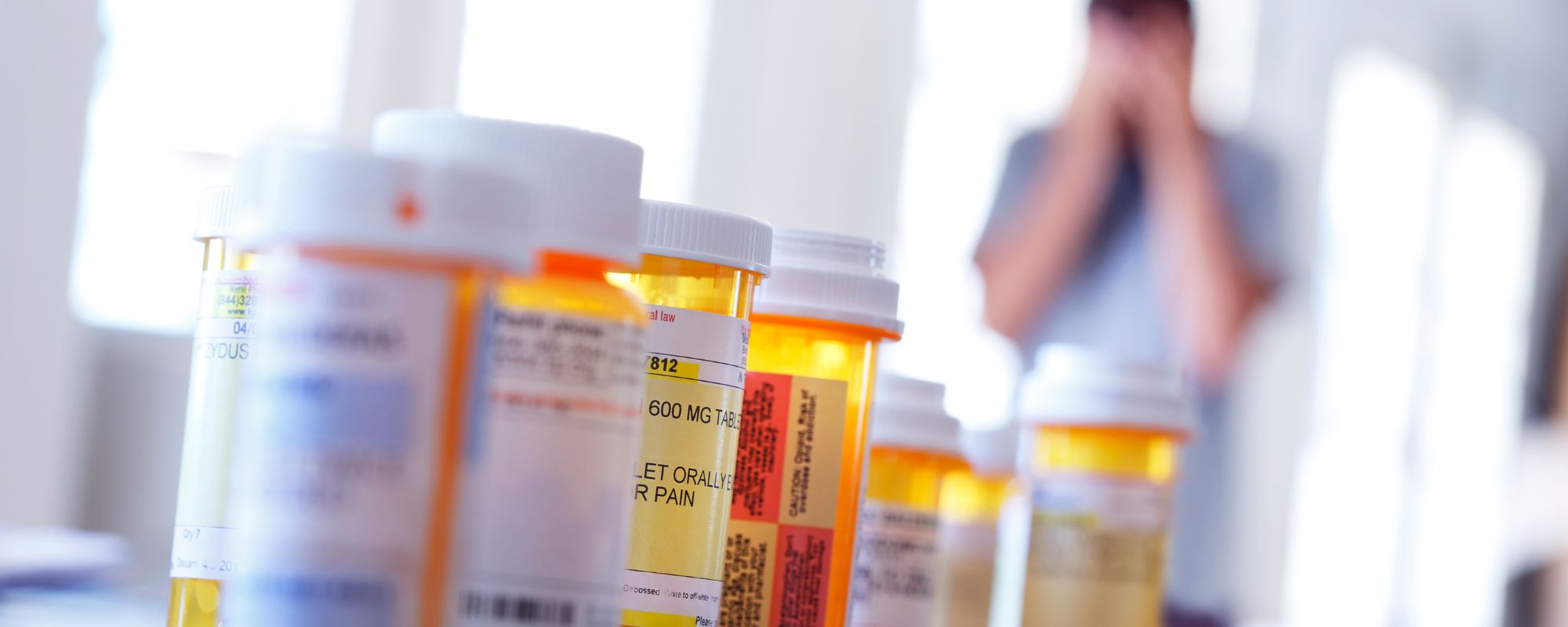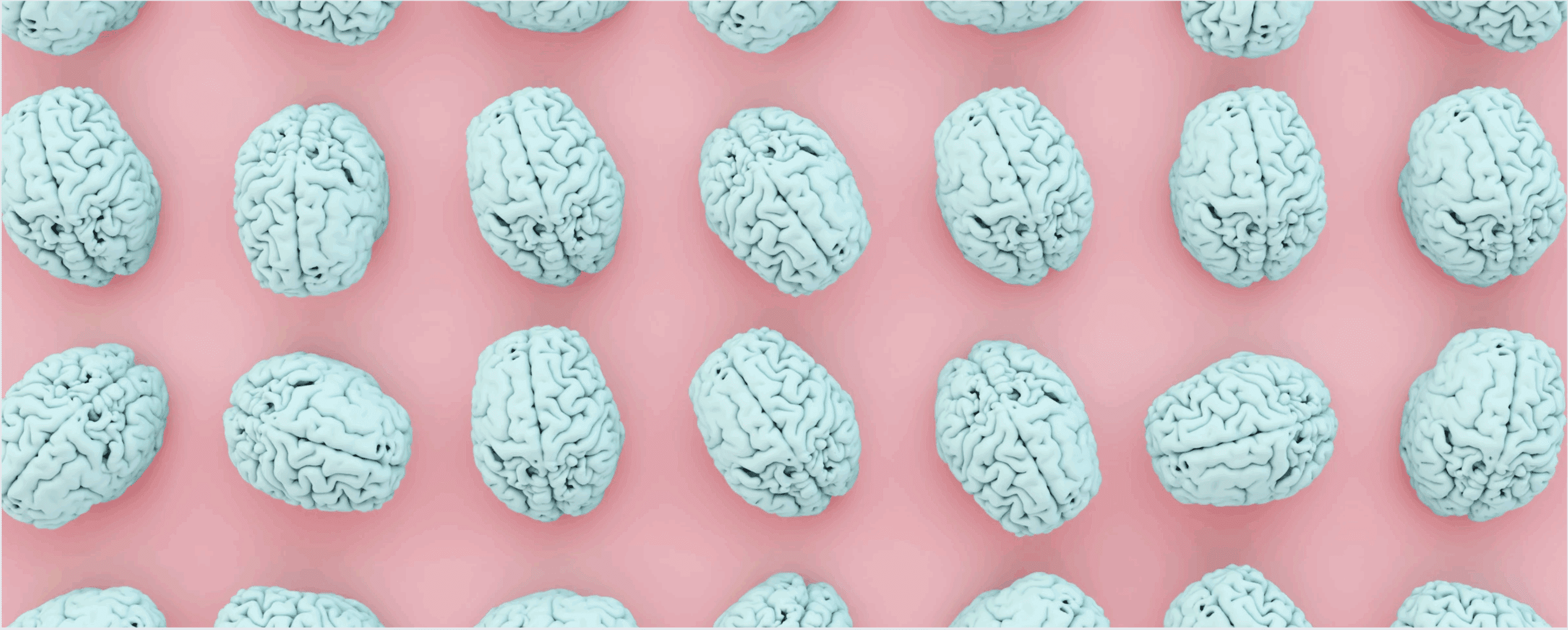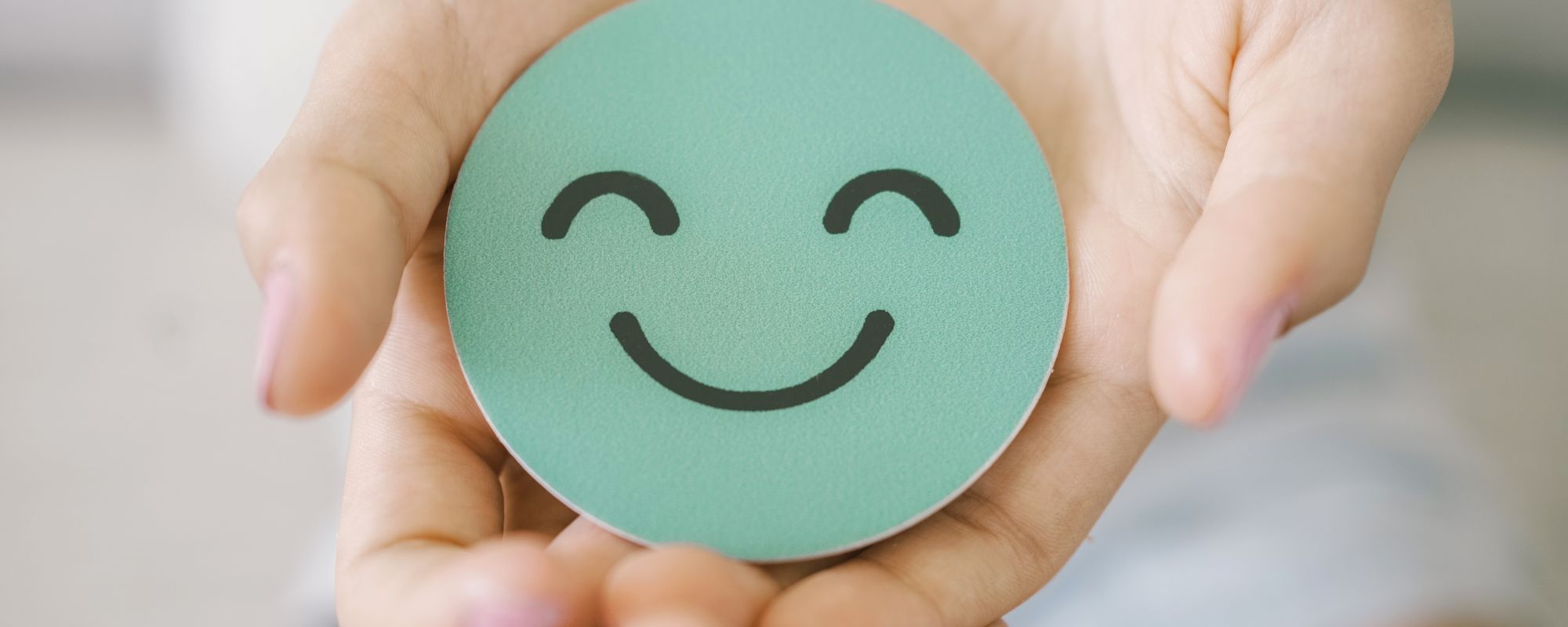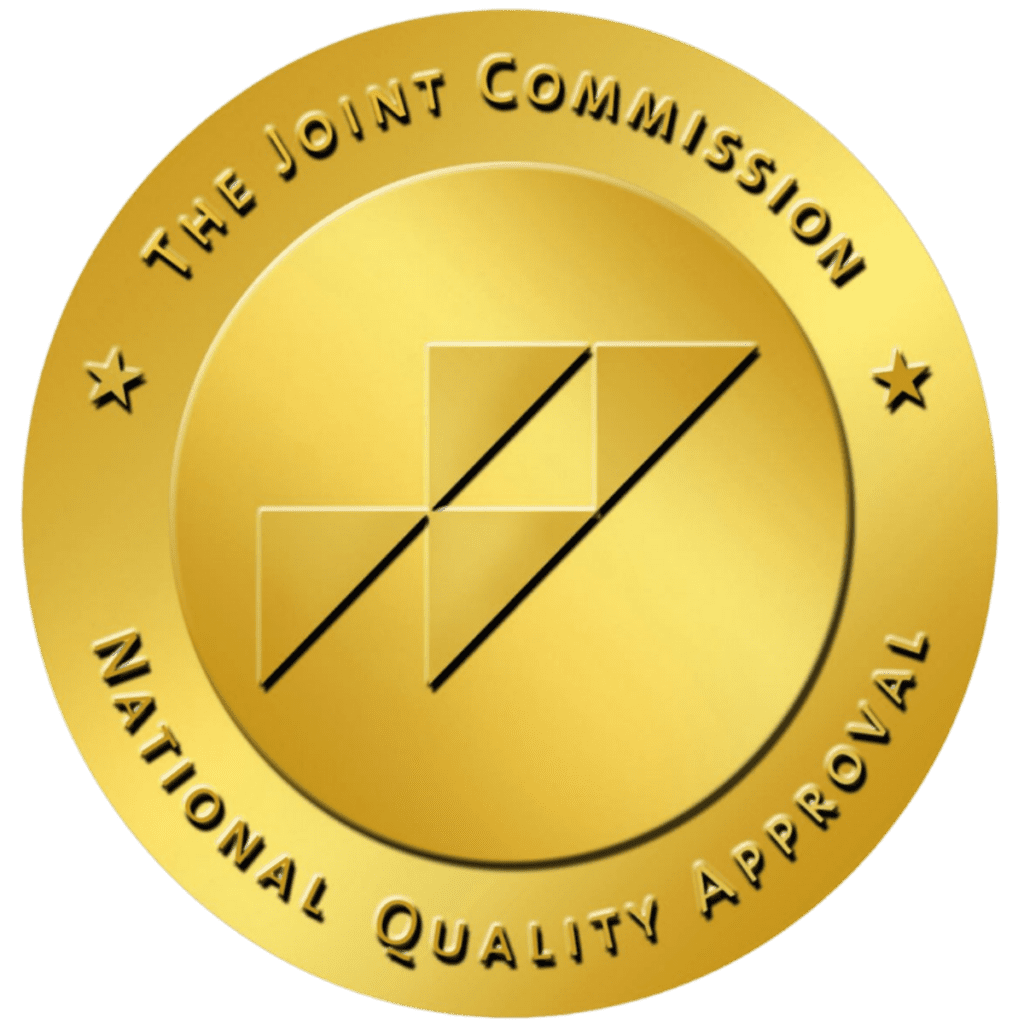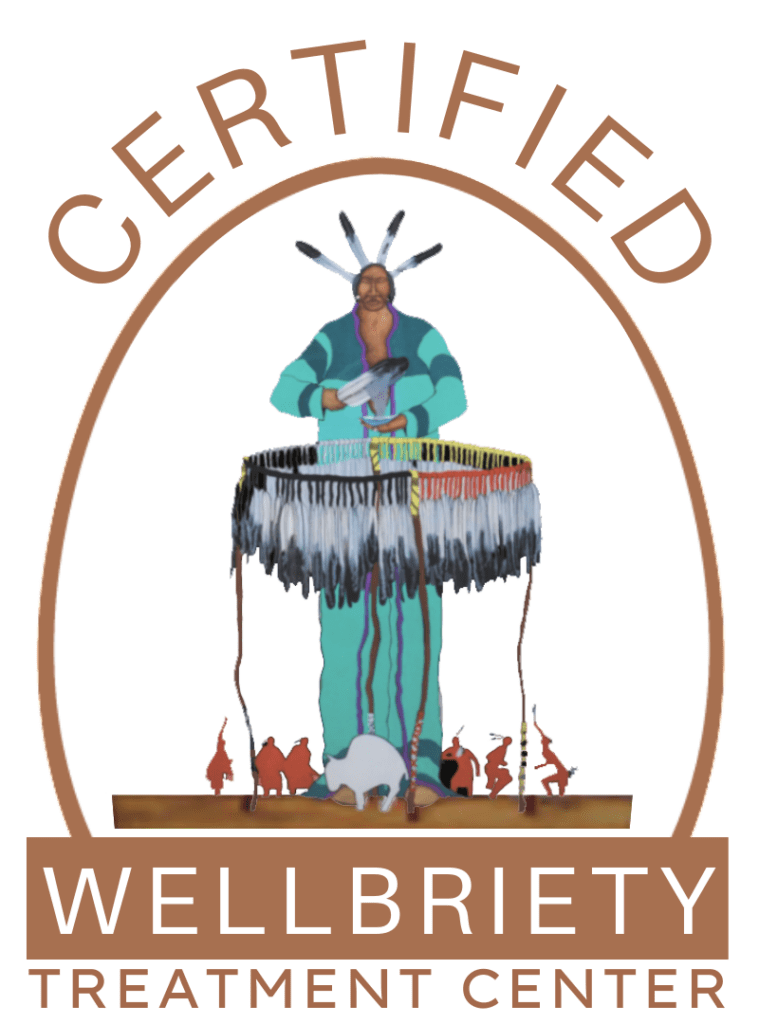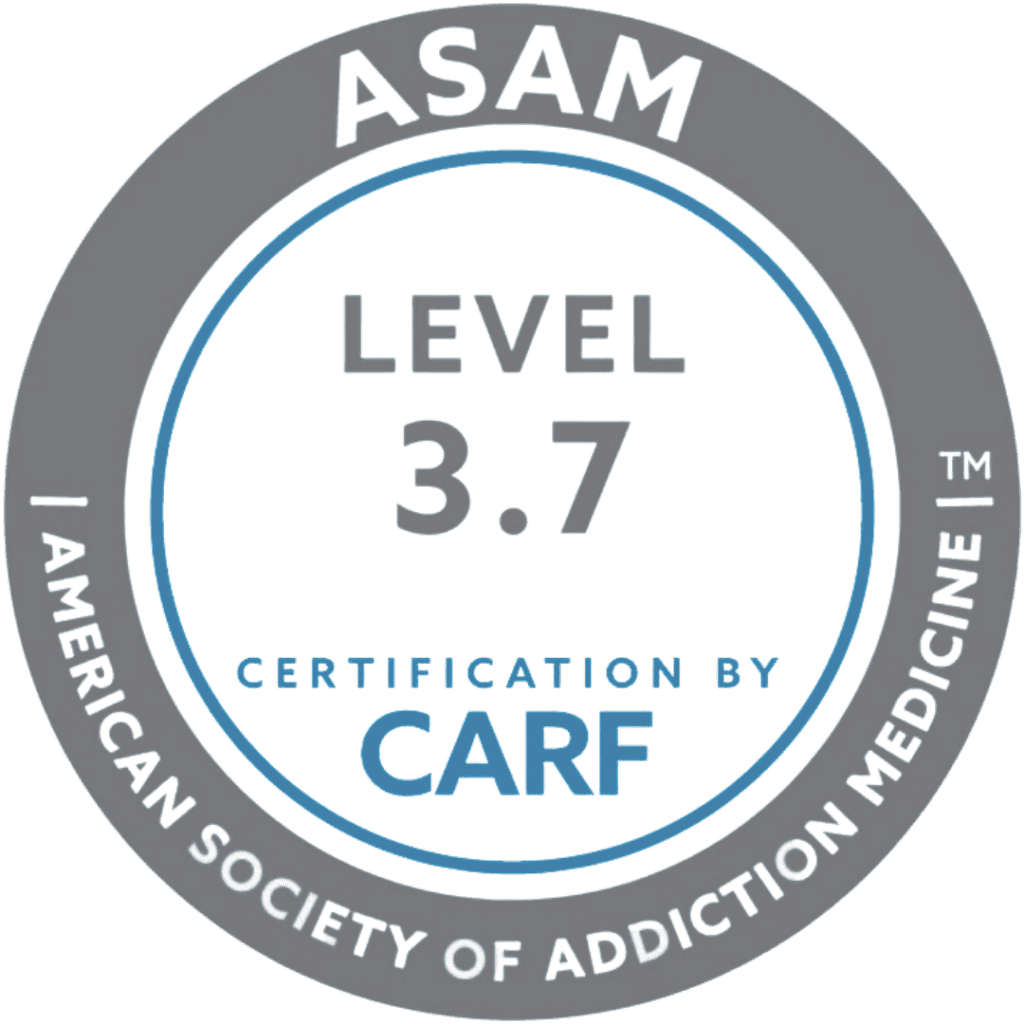Heroin is an illegal and highly addictive drug that has destroyed many lives. A form of heroin called “black tar heroin” has been spreading across certain parts of the United States. If you or someone you know is using black tar heroin, it’s important to understand exactly what it is and how dangerous it can be.
What Is Heroin?
Heroin is an opioid drug made from morphine, which comes from the opium poppy plant. It can be a white or brown powder, or a black sticky substance called black tar heroin.
About 920,000 Americans used heroin in 2019. It’s extremely addictive, with nearly one in four people who try it becoming dependent. As a result, heroin overdoses killed over 15,000 Americans in 2018 and that number of deaths continues rising each year.
Quitting “cold turkey” causes severe withdrawal symptoms, making heroin very hard to stop using without help. This is why it’s important to seek professional treatment if you or someone you know is struggling with heroin addiction.
Get confidential help from our addiction and mental health treatment facilities located across the United States. Call to join one of our quality programs today!
Speak With Our Admissions TeamWhat Is Black Tar Heroin?
Black tar heroin is a less pure form of heroin that’s just as strong. This type of heroin gets its name from its dark, sticky appearance, similar to roofing tar or hard, black candle wax. The appearance and consistency of black tar heroin results from the illicit processing methods that leave behind impurities. Despite its name, black tar heroin can also be dark orange or brown in appearance. In contrast, white heroin is heavily processed to purify the drug and improve its quality.
Rather than a fine powder, black tar heroin is chunky and rough. For this reason, those abusing black tar heroin must heat and dilute the substance with water. Once dissolved, heroin is injected into the skin, smoked, or snorted. It has a strong vinegary smell and bitter taste.
People who abuse black tar heroin often report feeling an initial “rush” or high, followed by several hours of drowsiness and mental clouding. In general, black tar heroin symptoms last for around 5-8 hours per dose.
Drug dealers may cut black tar heroin with additives like sugar or powdered milk to increase profits. As a result, the potency of the drug is unpredictable and raises the risk of overdose. One study also found that black tar heroin users were at higher risk for wound botulism, which can lead to breathing difficulties and muscle weakness. Unfortunately, these side effects can lead to severe bodily harm and death.
What Other Forms Does Heroin Come In?
Besides black tar heroin, common forms of heroin include:
- White heroin – A fine white or off-white powder that’s highly processed and the purest form of heroin.
- Brown heroin – A powder varying in color from off-white to dark brown which is more crudely processed than white heroin.
- Persian heroin – Light brown, granular powdered heroin originating from the Middle East.
No matter what form it comes in, heroin is extremely addictive with harsh withdrawal symptoms when use stops. Whether injecting, smoking, or snorting it, heroin comes with serious risks of addiction, overdose, and long-term health effects.
Heroin FAQs
Yes, heroin is a depressant. Like other opiates, heroin is classified as a central nervous system (CNS) depressant. By slowing down a person’s brain activity, CNS depressants can produce feelings of relaxation and euphoria. However, depressants can cause several negative, potentially life-threatening side effects, including slowed heart rate, labored breathing, breathing, lowered blood pressure, and decreased appetite.
Heroin attaches to opioid receptors in the brain which can cause a rush of euphoria and relaxation. It has similar effects to prescription pain pills like oxycodone or morphine, but it’s cheaper and easier to get on the street. This ease of access also comes with great risk, considering the fact that street drugs can be cut with harmful, potentially lethal additives like fentanyl, nitazenes, or xylazine.
When people think of heroin abuse, they’re more likely to picture someone injecting the drug with a needle. This is also why heroin track marks associated with illicit drug abuse. While injecting heroin is the most common form of abuse, heroin can also be smoked or snorted.
The length of time heroin stays in the body can vary depending on a variety of factors, such as:
- Age
- Weight
- Gender
- Metabolism
- Physical activity
- Hydration level
- Amount of heroin used
While these factors may impact the length of time heroin remains in a person’s system, drug tests can typically detect heroin in the blood for 6 days, urine for a week, and hair for 3 months.
Heroin slang terms and code words can vary from region to region and even change over time. This is often because drug dealers use unique heroin street names to avoid detection by law enforcement. However, the most common heroin slang words include:
- Dope
- Smack
- H or Big H
- Horse
- Hero
- Junk
- Skag
- Snow
- China white
- Brown sugar
- Beast
- Boy or Girl (referring to the different colors of heroin)
Common street names for black tar heroin include:
- Black dragon
- Black pearl
- Mexican mud
If you are worried that a loved one may be using drugs, it’s important to educate yourself about the different names and slang terms for heroin used in your area.
Generally, black tar heroin comes from Latin America and is most commonly found in the western parts of the United States.
What Are the Signs and Symptoms of Heroin Withdrawal?
Once a person develops heroin addiction, their body depends on the drug to produce feelings of pleasure and reduce symptoms of pain. When a person stops abusing heroin, they experience physical and psychological side effects known as withdrawal.
Heroin withdrawal symptoms include:
- Nausea, vomiting, diarrhea
- Distress, anxiety, depression
- Sweating, shaking
- Muscle and bone pain
- Uncontrollable leg movements
- Runny nose, watery eyes
- Drug cravings
- Insomnia
- Cold flashes with goosebumps
Heroin withdrawal symptoms typically start within 6-12 hours after the last dose. The drug withdrawal symptoms normally peak after 1 to 3 days and subside after about a week. People may also experience post-acute withdrawal syndrome (PAWS), which can last for months. PAWS can present in a variety of different ways including:
- Intense cravings
- Depression
- Anxiety
- Anhedonia
- Sleep disturbances
While these symptoms are uncomfortable, they are not life-threatening. However, the withdrawal process can be dangerous for individuals with pre-existing medical conditions or those who have been using large amounts of heroin for a prolonged period.
How to Get Through Heroin Withdrawal Symptoms
After hitting rock bottom, people may eventually say to themselves, “That’s it, I’m quitting heroin.” But going through withdrawal without professional help can be very difficult and lead to relapse. For this reason, comprehensive heroin addiction treatment programs offer a wide range of recovery services to help people get and stay sober. For this reason, it is important to match the best treatment approach to meet the individual’s unique needs, preferences, and goals in recovery.
In general, the first step in addiction recovery is to medically detox off of heroin in an inpatient treatment facility. This is because medical detox programs offer 24/7 medical care to help manage heroin withdrawal symptoms. During heroin detox, clients may receive medications that ease cravings and anxiety to behavioral counseling to deal with emotional issues. After that, clients can transition into residential care within an inpatient heroin addiction treatment center. As a result, they can continue receiving around-the-clock medical monitoring and support.
Medications for Heroin Addiction
Medications for opioid use disorder (MOUD) are safe, effective, and often life-saving in the treatment of heroin addiction. These medications are all FDA-approved and can be prescribed by trained healthcare providers within medication-assisted treatment programs. Medications for heroin addiction include:
- Buprenorphine relieves drug cravings without producing the “high” or dangerous side effects of other opioids. In 2002, the FDA approved buprenorphine as the first medication to be prescribed by certified physicians through the Drug Addiction Treatment Act.
- Methadone eases withdrawal symptoms and cravings. However, it is only available through approved MAT programs where it’s given to clients daily.
- Lofexidine is a non-opioid medicine designed to reduce withdrawal symptoms by affecting the same receptors in the brain as heroin without producing euphoria.
- Naltrexone prevents heroin from attaching to opioid receptors in the brain and blocks its euphoric effects. As a result, the medication disincentives the urge to relapse by removing the potential for pleasure from heroin use.
Behavioral Therapies for Heroin Addiction
Many effective behavioral treatments are available in outpatient and residential settings. Approaches such as contingency management and cognitive behavioral therapy (CBT) have proven effective in the treatment of heroin addiction, especially when combined with medications.
For example, contingency management programs often use a voucher-based system in which clients earn “points” after receiving negative drug tests. In this case, they can exchange their points for items that encourage healthy living. On the other hand, CBT works to change a client’s thoughts and behaviors related to drug use and increases skills in coping with the stress of life. Both of these behavioral interventions provide a unique take on relapse prevention while instilling healthy lifestyle changes that promote recovery.
Looking for quality treatment for substance abuse and mental health that’s also affordable? Aliya Health Group's treatment facilities accept most major insurance providers. Get a free insurance benefits check now!
Check Your CoverageHeroin Addiction Treatment at Aliya Health Group
Overcoming heroin addiction is challenging, but possible, with individualized treatment and support. At Aliya Health Group, our treatment centers offer evidence-based care for substance abuse and co-occurring disorders. Our team of experts is compassionate and caring, providing both traditional and alternative substance use disorder treatments so you can experience whole-body healing.
Highlights of our drug rehab programs include:
- Drug detox
- Inpatient drug rehab
- Outpatient rehab programs
- Dual diagnosis treatment
- Medication-assisted treatment (MAT)
- Individual and group therapy
- Holistic treatments like art therapy, massage therapy, and yoga
If you or a loved one is struggling with black tar heroin addiction, reach out to us with questions about treatment. To get a free, confidential consultation, call us at 888-973-2078. You can also reach out through our secure, online contact form.
REFERENCES
- Heroin Statistics | National Center for Drug Abuse Statistics
- Key Substance Use and Mental Health Indicators in the United States: Results from the 2018 National Survey on Drug Use and Health | Substance Abuse and Mental Health Services Administration (SAMHSA)
- Wound botulism associated with black tar heroin among injecting drug users | NIH
- Slang Terms and Code Words: A Reference for Law Enforcement Personnel | DEA.gov




